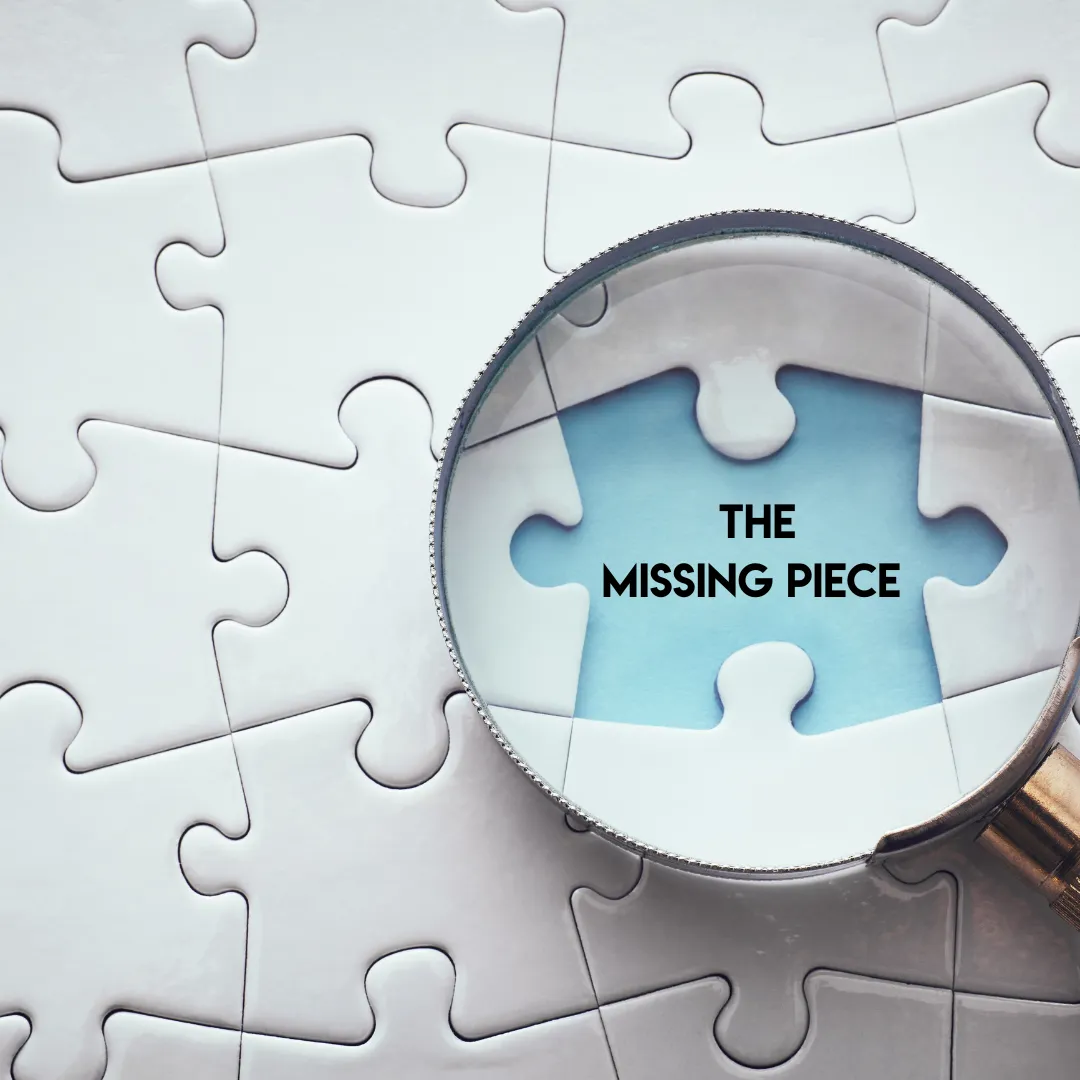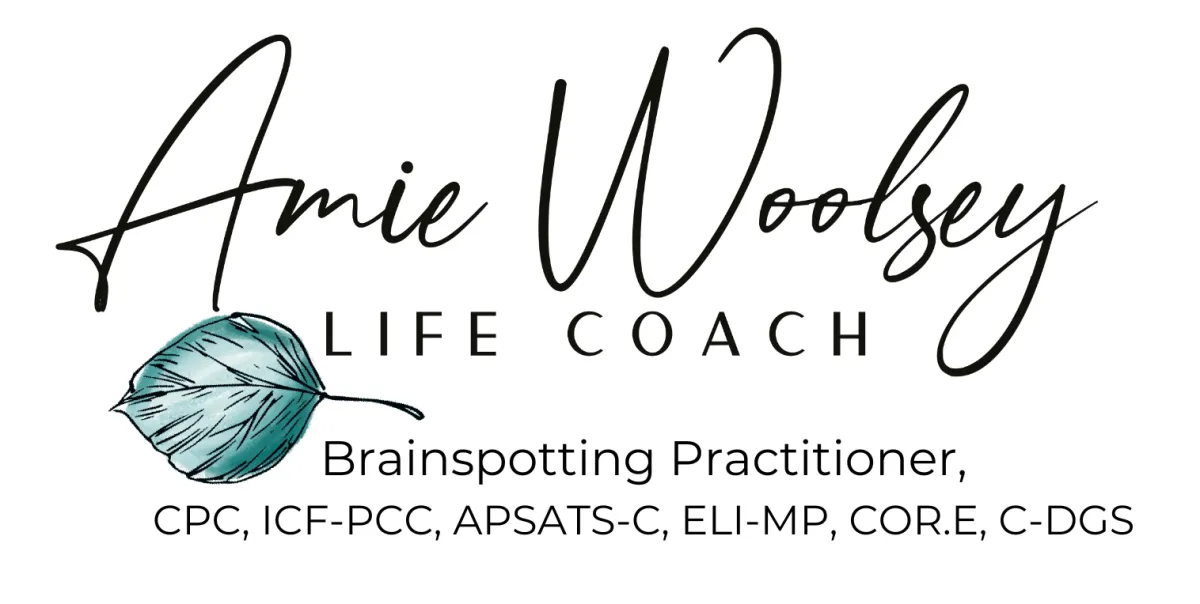
Healing from Abuse: Why Brainspotting Is the Missing Piece in Your Recovery
"When we experience trauma, particularly abuse, our brains store these painful memories and emotions in a way that is often beyond our conscious control."
Healing from Abuse: Why Brainspotting Is the Missing Piece in Your Recovery
If you’re reading this, chances are you’ve been through something that feels nearly impossible to overcome. Abuse—whether emotional, physical, or psychological—leaves lasting scars that affect every part of your life. You’ve probably been to therapy, read about betrayal trauma, and talked things out with specialists, processing your pain in a cognitive way. But here’s the hard truth: Not all trauma is processed in the mind.
While talking about your experiences can be incredibly helpful, there’s another layer of healing that’s often missing—healing the body and brain on a deeper, more subconscious level. This is where Brainspotting comes in.
As someone who has worked extensively with women healing from betrayal, abuse, and divorce, I can tell you firsthand that this approach is not only unique, but it is often the key to unlocking lasting change in your recovery. In this blog, I’m going to explain why Brainspotting is the missing piece of your healing puzzle and how it can support you in ways that traditional talk therapy simply can’t.
Why Talking Isn’t Enough: The Role of the Brain in Trauma Recovery
When we experience trauma, particularly abuse, our brains store these painful memories and emotions in a way that is often beyond our conscious control. In traditional talk therapy, we engage with the neocortex—the part of the brain responsible for logical thinking, reasoning, and conscious processing. Through discussions and cognitive approaches, we can make sense of our experiences, understand our pain, and even reframe some of the stories we tell ourselves. This is important, of course, but it’s only part of the picture.
The problem? Trauma isn’t just held in the neocortex. Trauma, especially the kind of abuse that feels like it’s broken you on a fundamental level, gets stored in deeper parts of the brain—the areas responsible for survival and emotion, like the amygdala and the brainstem. These areas are not as easily accessed by words alone. You may be able to understand what happened, but if your body and brain are still holding onto that trauma deep inside, it can feel like you’re stuck in a cycle of pain that you can’t quite break free from.
Dr. David Grand, the creator of Brainspotting, explains, “The brainspot is where the mind and body meet.” This modality recognizes that trauma is not just a mental problem—it’s a physiological one too. The trauma gets lodged deep in the brain and body, often outside of our conscious awareness, which is why we might feel emotionally stuck or physically triggered even after we've processed the events cognitively.

How Brainspotting Helps Heal the Deep Wounds of Abuse
Brainspotting works by helping you access the parts of your brain where trauma is stored, those areas that are often bypassed by traditional talk therapy. Through a simple but powerful technique, Brainspotting uses your eye position to locate and activate these deep areas of the brain, allowing you to process trauma in a way that’s direct and somatic (body-based).
When you focus on a specific “brainspot,” your brain can begin to process memories, emotions, and physical sensations that were previously outside of your conscious awareness. It’s like giving your brain and body permission to release what’s been stuck, which is a huge part of the healing process after abuse.
Here’s what makes Brainspotting so effective for those healing from abuse:
It bypasses the cognitive defenses: Trauma survivors often have protective mechanisms in place to avoid feeling too much pain. Brainspotting helps you access deep emotions and memories without needing to consciously “talk” through them.
It targets body-held trauma: When trauma is stored in the body, it manifests as physical symptoms—tightness, fatigue, or even chronic pain. Brainspotting can help release this stored trauma from the body, so you can feel lighter and more grounded.
It promotes deep emotional release: Abuse can cause a disconnect between your mind and emotions. Brainspotting allows the mind-body connection to strengthen, helping you feel more integrated and at peace with your experiences.
It helps regulate the nervous system: After trauma, the nervous system can remain in a state of fight-or-flight. Brainspotting helps to calm this hyperarousal, creating a sense of safety and allowing you to feel more balanced emotionally and physically.
The Missing Piece: Why Brainspotting Complements Other Healing Work
I’m sure you’ve heard it said that “healing isn’t linear.” The truth is, there’s no one-size-fits-all approach to trauma recovery. While cognitive work is a necessary part of the process, it doesn’t address the deep, somatic aspects of trauma that so many survivors struggle with. This is where Brainspotting comes in.
As a betrayal trauma specialist, I’ve seen how Brainspotting helps people break through the barriers that traditional therapy alone might not be able to unlock. The results can be profound. Clients who felt trapped in their emotional pain for years—stuck in cycles of fear, anxiety, or numbness—often find that Brainspotting offers them the opportunity to heal in a way they hadn’t experienced before.
I’ve also experienced the power of Brainspotting in my own journey. After navigating the pain of betrayal trauma, I discovered that traditional therapy wasn’t enough to help me release the deep emotional and physical tension I was holding onto. Brainspotting gave me the space to process and release what I didn’t even realize was still stuck in my body and brain. The emotional weight lifted, and with it, I found a deeper sense of peace and clarity.
A Personal Invitation
If you’re feeling stuck in your healing journey after abuse, I understand. It can be incredibly frustrating when you’ve done the work, but still feel like something is missing. Maybe you’ve processed the pain with your therapist, read all the books, and had the tough conversations, but there’s still a part of you that hasn’t fully healed. Brainspotting could be the piece of the puzzle you’ve been searching for.
I invite you to reach out for a consultation to explore how Brainspotting can support your healing journey. Together, we can discuss how this powerful modality might help you release the trauma that’s been holding you back and move toward a place of peace, empowerment, and freedom. Healing from abuse is possible, and I’m here to help guide you through it—one step at a time.
https://amiewoolsey.com/brainspotting

